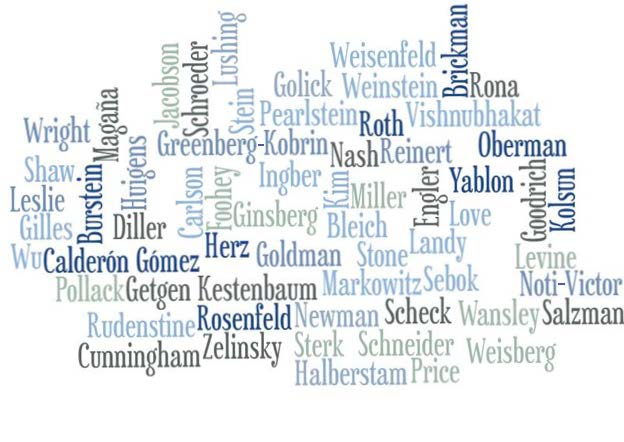Publication Date
2016
Journal
William & Mary Law Review
Abstract
Takings scholarship has long focused on the niceties of Supreme Court doctrine, while ignoring the operation of takings law “on the ground” – in the state and lower federal courts, who together decide the vast bulk of all takings cases. This study, based primarily on an empirical analysis of more than 2,000 reported decisions over the period 1979 through June 2012, attempts to fill that void.The study establishes that the Supreme Court’s categorical rules govern almost no cases, and that takings claims based on government regulation almost invariably fail. By contrast, when takings claims arise out of government action other than regulation, landowners enjoy modest success. In particular, when government actions are taken by officials who are not politically accountable, state courts are more likely to scrutinize those actions.This pattern is consistent with what we believe to be the courts’ basic project in this area: to develop doctrine that acknowledges the importance of property rights while also accommodating the needs of an activist state. By and large, political processes, not judicial doctrine, are left to serve as the primary check on government activity.
Volume
58
First Page
35
Publisher
William & Mary Law School
Disciplines
Law
Recommended Citation
James E. Krier & Stewart E. Sterk,
An Empirical Study of Implicit Takings,
58
Wm. & Mary L. Rev.
35
(2016).
https://larc.cardozo.yu.edu/faculty-articles/468



